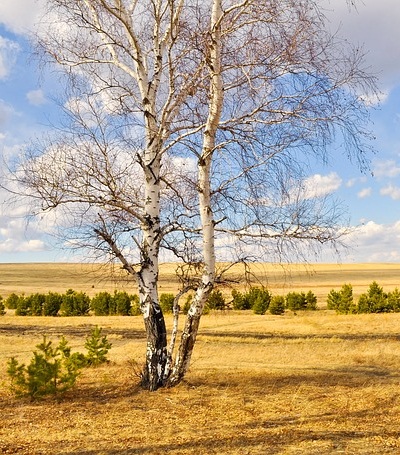Researchers Underscore the Importance of Putting in Policies for Protecting Pollinators
 A recent study revealed that climate change is potentially threatening food production as a result of reduced production of pollen in plants and fewer pollen diversity. The research underscored the critical importance of developing conservation policies aimed at protecting pollinators in order to maintain fundamental pollination services during this period of global warming.
A recent study revealed that climate change is potentially threatening food production as a result of reduced production of pollen in plants and fewer pollen diversity. The research underscored the critical importance of developing conservation policies aimed at protecting pollinators in order to maintain fundamental pollination services during this period of global warming.
Conducted by researchers at the University of Nevada, University of Texas in Arlington and Virginia Tech, and led by Professor Behnaz Balmaki of biology research at UTA, they specifically examined how extreme weather events have changed flowering times. Such changes have in turn affected the availability of important food sources that are critical for insect pollinators.
Professor Balmaki underscored the importance of effective pollination because many crops are essential to the global food supply, which could fail if without effective pollination.
How and Where the Researchers Conducted Their Research Explorations and Study
 The team of researchers conducted their exploration in the Great Basin and Sierra Nevada mountains, which are homes to more than 200 butterfly species,many of which are pollinators. The latter refers to carriers of pollen from male to female plant parts as a means of promoting fertilisation that leads to fruit production.
The team of researchers conducted their exploration in the Great Basin and Sierra Nevada mountains, which are homes to more than 200 butterfly species,many of which are pollinators. The latter refers to carriers of pollen from male to female plant parts as a means of promoting fertilisation that leads to fruit production.
Aside from the wide sample of butterflies collected from 19 sampling sites across the region, the researchers also examined butterflies previously captured and stored between years 2000 and 2021, in the Reno Museum of Natural History at the University of Nevada. That denotes that their study analysed 21 years of historical data, which provided clear views and perspectives about the consequences of habitat loss, landscape fragmentation and altered plant assemblages resulting in changes in pollination services.
Through the innovative use of museum specimens they were able to track changes that added a new dimension that is vital for enhancing conservation efforts aimed at preserving ecological balance and minimising biodiversity loss. After all, those are essential factors of human agriculture and for sustaining a balanced natural systen of ecology.
